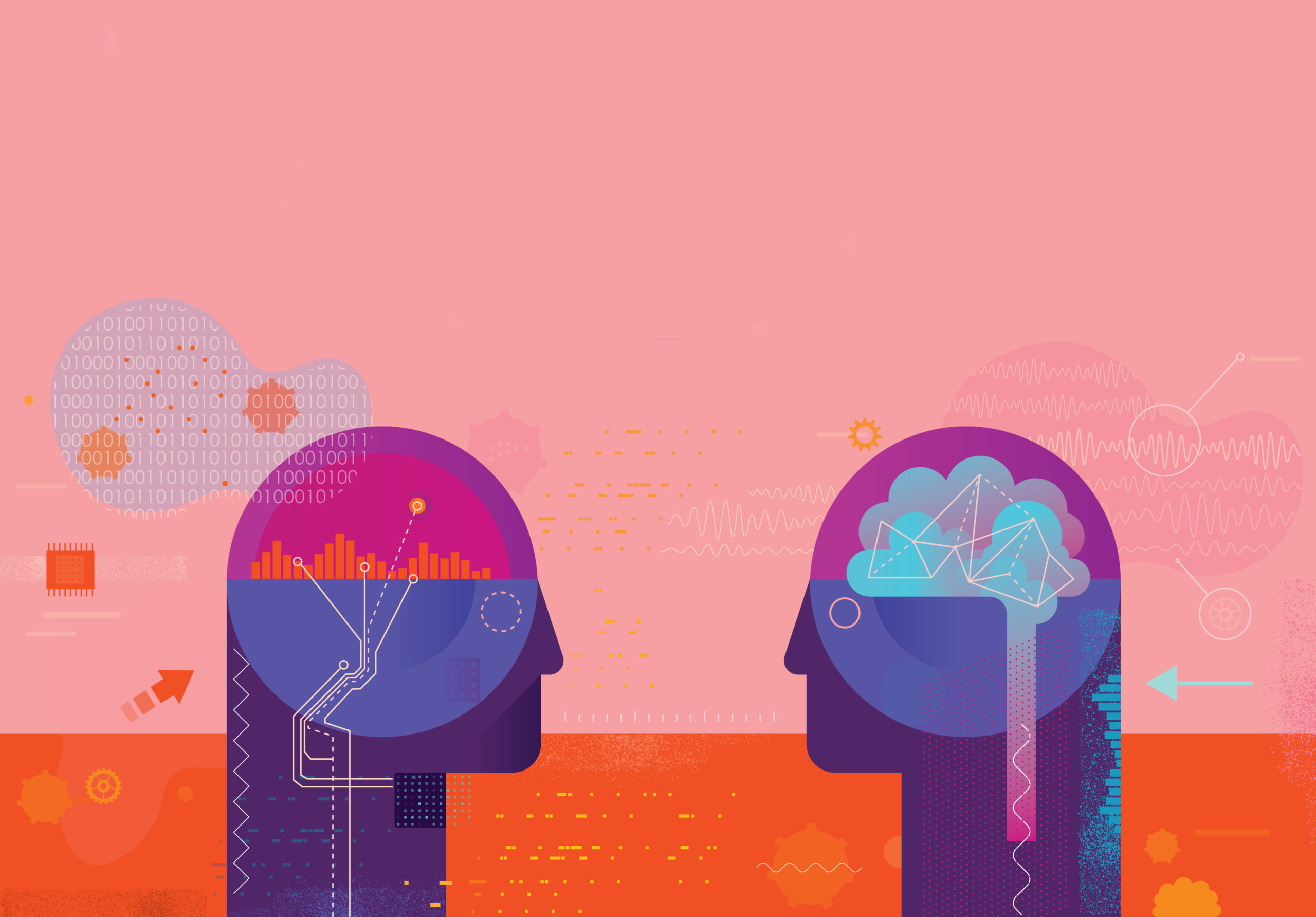It’s an exciting time in the world of AI: chatbots and virtual assistants are getting smarter, complex capabilities such as natural language processing and image analysis are rapidly becoming commoditised, and AI is being embedded in mainstream software applications. Companies are using AI to humanise their brands at scale, engaging customers at personal levels, increasing internal efficiencies and reducing risk.
Yet for all the promise, many organisations are facing significant challenges scaling AI. Only 53 per cent of AI prototypes ever make it to production. This is even more troubling when you consider that 90 per cent of machine learning models, the building blocks of AI systems, don’t make it to the final prototype.
When you see troubling statistics such as these, the most cited causes are lack of skilled talent and poor data quality. But these are symptoms, not causes. For AI initiatives to truly be successful, they need to have humans squarely at their centre.
Let me explain by way of a common definition for AI. AI is the discipline concerned with making machines smarter. Specifically, AI is software that automates tasks typically thought of as human – such as “seeing”, “listening”, “understanding” and “creating”. The key here is distinguishing between tasks themselves and a human job which consists of a collection of tasks that range in complexity.
An AI system can be built to continuously scan incoming calls and tag repeated themes, but solutions today can’t quite recommend definitive actions to solve these challenges. Imagine, instead, an AI solution presenting relevant segments of customer conversations for the specialist to review. This changes the nature of the specialist’s job for the better. By automating the monotonous task of reviewing calls for repeated themes, they can spend more time exploring and testing solutions to the most pressing issues.
Using this frame of reference, we are augmenting the specialist’s capacity to solve customer pain points. This puts the focus on the specialists’ user experience and significantly increases the likelihood the solution will be adopted, and therefore have an impact on the bottom line. As an added benefit, the specialist is now free to work on more meaningful problems, increasing their satisfaction and productivity as well!
Demystify AI by cultivating your AI translators
While not a specific job title, the AI translator is a domain expert with a passion for and vested interest in bridging the gap between their functional role and the technical requirements of a solution. Many organisations will cite the importance of the data scientist, but few truly understand the AI translator who can see beyond the task that needs to be automated and into the job that needs to be augmented.
Machine learning is often synonymous with AI, and that is because it is a subfield responsible for much of the advances we are witnessing today in the field. A great way of thinking about machine learning is the act of translating a set of inputs to a desired output using historic examples. Machine learning discovers if underlying relationships exist between inputs and outputs, and then maps those relationships into a model.
The sky is the limit for mapping various input data types to outputs. You can go from images to text or text to images. For machine learning to work properly, the key is having enough examples for it to learn the patterns between the input and output data. The more complex the data, the more examples that are needed. These can be simple relationships, such as:
• The last 12 months’ sales (input) to the next 12 months sales (output)
• Customer demographics and recent browsing activity (input) to expected customer lifetime spend (output)
Or they can be more sophisticated – for example:
• Customer support call recordings (input) to a summary of key issues (output)
• Online product reviews (input) to the next 12 months’ sales (output)
• Product return images (input) to the cause of the defect (output)
You don’t need to understand how your car works to be an effective driver. Similarly, your AI translators don’t need to understand how to build an AI system from scratch. They have a deep appreciation for the business problem at hand and understand the art of mapping data requirements for effective machine learning solutions.
Build momentum with pilots, your strategy will follow
The world of data science has been evolving so rapidly, job titles barely had a chance to catch up. “Data scientist” can be a dangerous catch-all term for a broad set of skills. You can find generalists who cover the breadth of these skills or specialists in capabilities such as natural language processing, computer vision, or machine learning engineering, to name a few. And then there’s the supporting cast including AI translators, ethicists and product managers.
Unlike many engineering initiatives, AI has so many unknowns. When you do well, the insights you uncover lead to more questions than you had when you started. This can spiral to a never-ending cycle of exploration and stretch the limits of a generalist’s capabilities. This is not to mention the incredibly complex infrastructure and tooling needed to support solutions in production. This is exactly why many organisations make the mistake of setting an AI strategy too early, hiring teams and building out technology ecosystems, only to realise that they need to pivot.
Before rushing to hire a group of data scientists, start by uncovering the potential AI translators that already exist within your organisation. Help them cultivate the art of mapping inputs to outputs and partner with them to develop and prioritise a list of potential use-cases. Your translators will help you empathise with the humans whose jobs you are attempting to augment, increasing your likelihood of success, and reducing your risk of unintentional harm.
To learn more, click here.
By Cal Al-Dhubaib, Managing Partner, Pandata






